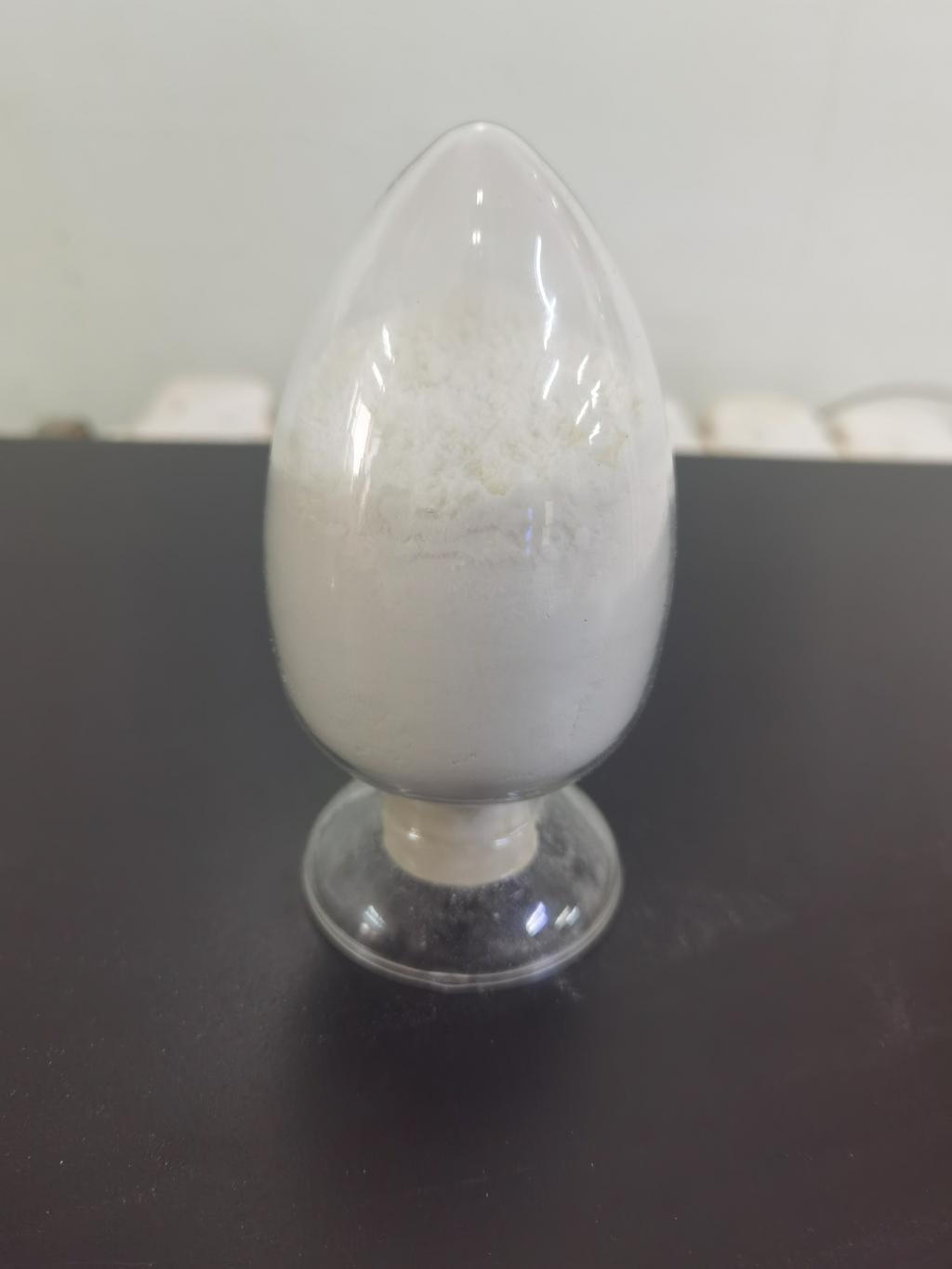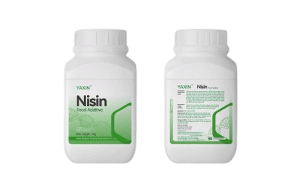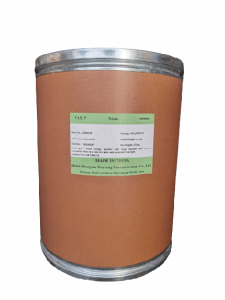Tel:+8618231198596

News
 CONTACT
CONTACT
 CONTACT
CONTACT
- Linkman:Linda Yao
- Tel: +8618231198596
- Email:linda.yao@dcpharma.cn
- Linkman:CHARLES.WANG
- Department:Overseas
- Tel: 0086 0311-85537378 0086 0311-85539701
News
Current Position:
Home >
News
>The potential of ε-Polylysine hydrochloride in the preservation of probiotic foods.
The potential of ε-Polylysine hydrochloride in the preservation of probiotic foods.
TIME:2024-09-29
Understanding ε-Polylysine Hydrochloride:
ε-Polylysine hydrochloride is a cationic polypeptide consisting of 25-35 lysine residues, produced by certain strains of Streptomyces albulus. It is recognized as Generally Recognized As Safe (GRAS) by the U.S. Food and Drug Administration (FDA) and is approved for use in various food applications. ε-PL's primary mode of action involves disrupting the cell membranes of a wide range of microorganisms, including bacteria, yeasts, and molds, thereby inhibiting their growth and proliferation.
Potential Benefits of ε-PL in Probiotic Foods:
Selective Antimicrobial Activity:
One of the key advantages of ε-PL is its selective antimicrobial activity. While it effectively inhibits the growth of pathogenic and spoilage microorganisms, it has minimal impact on beneficial probiotic bacteria. This selectivity is crucial for maintaining the viability and functionality of probiotics in food products. Studies have shown that ε-PL can inhibit pathogens like Listeria monocytogenes, Staphylococcus aureus, and Escherichia coli without significantly affecting probiotic strains such as Lactobacillus and Bifidobacterium.
Extended Shelf Life:
The incorporation of ε-PL into probiotic foods can extend their shelf life by preventing the growth of undesirable microorganisms. This is particularly important for products that do not undergo high-temperature processing, as they are more susceptible to microbial contamination. By reducing the risk of spoilage, ε-PL helps maintain the quality and safety of probiotic foods over extended periods, allowing for longer distribution and storage times.
Enhanced Safety:
Ensuring the safety of probiotic foods is paramount, especially given the presence of live microorganisms. ε-PL can help reduce the risk of foodborne illnesses by inhibiting the growth of pathogenic bacteria. This is particularly relevant for vulnerable populations, such as the elderly, pregnant women, and individuals with compromised immune systems, who may be at higher risk from contaminated probiotic products.
Synergistic Effects:
ε-PL can be used in combination with other natural preservatives, such as nisin or essential oils, to achieve synergistic effects. These combinations can enhance the overall antimicrobial activity, potentially allowing for lower concentrations of each preservative. This can be advantageous in terms of cost, sensory impact, and regulatory compliance.
Minimal Sensory Impact:
Unlike some traditional preservatives, ε-PL has a minimal impact on the taste, odor, and texture of food products. This makes it an ideal choice for preserving probiotic foods, where maintaining the sensory qualities is essential for consumer acceptance. The neutral flavor and low solubility of ε-PL ensure that it does not alter the organoleptic properties of the final product.
Challenges and Considerations:
Optimal Concentration and Formulation:
Determining the optimal concentration of ε-PL is critical to balance its antimicrobial efficacy with the need to preserve the viability of probiotic bacteria. Excessive use can lead to reduced probiotic counts, while insufficient amounts may not provide adequate protection against spoilage and pathogenic microorganisms. Research is needed to establish the most effective concentrations for different probiotic strains and food matrices.
pH and Temperature Sensitivity:
The activity of ε-PL can be influenced by pH and temperature. It is most effective in slightly acidic conditions, which aligns well with many probiotic foods. However, manufacturers must consider the specific pH and temperature requirements of their products to ensure that ε-PL remains active throughout the product's shelf life.
Regulatory Approval:
While ε-PL is approved for use in many countries, the regulatory landscape can vary. Manufacturers must ensure that their formulations comply with local regulations and obtain the necessary approvals before introducing ε-PL into their products. Additionally, clear labeling and transparency regarding the use of ε-PL can help build consumer trust.
Consumer Perception:
Consumer acceptance of new ingredients, especially in the context of clean-label and natural products, is a key consideration. Educating consumers about the benefits and safety of ε-PL, and its role in preserving the quality and safety of probiotic foods, can help address any concerns and promote acceptance.
Conclusion:
The potential of ε-polylysine hydrochloride in the preservation of probiotic foods is significant. Its selective antimicrobial activity, ability to extend shelf life, and minimal sensory impact make it a valuable tool for ensuring the safety and quality of these health-promoting products. As the demand for probiotic foods continues to grow, the integration of ε-PL into their formulation will likely become an increasingly important strategy for manufacturers. Ongoing research and collaboration between industry, researchers, and regulatory bodies will be essential to fully realize the potential of ε-PL and to ensure that it meets the stringent safety and quality standards required for consumer satisfaction.
- Tel:+8618231198596
- Whatsapp:18231198596
- Chat With Skype







